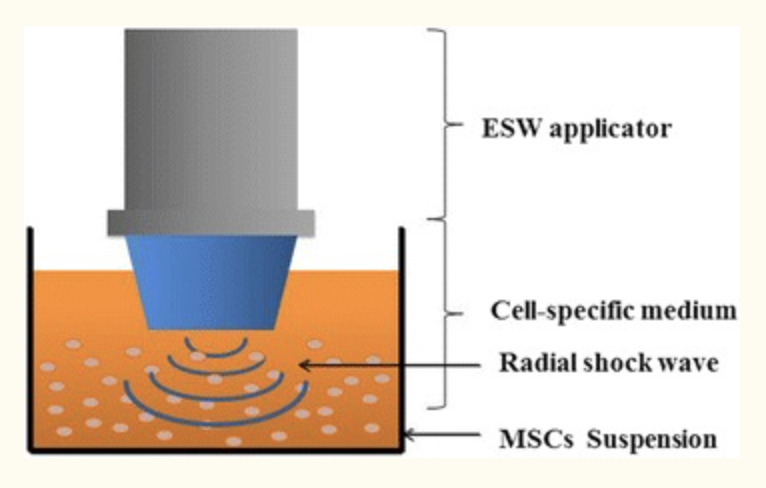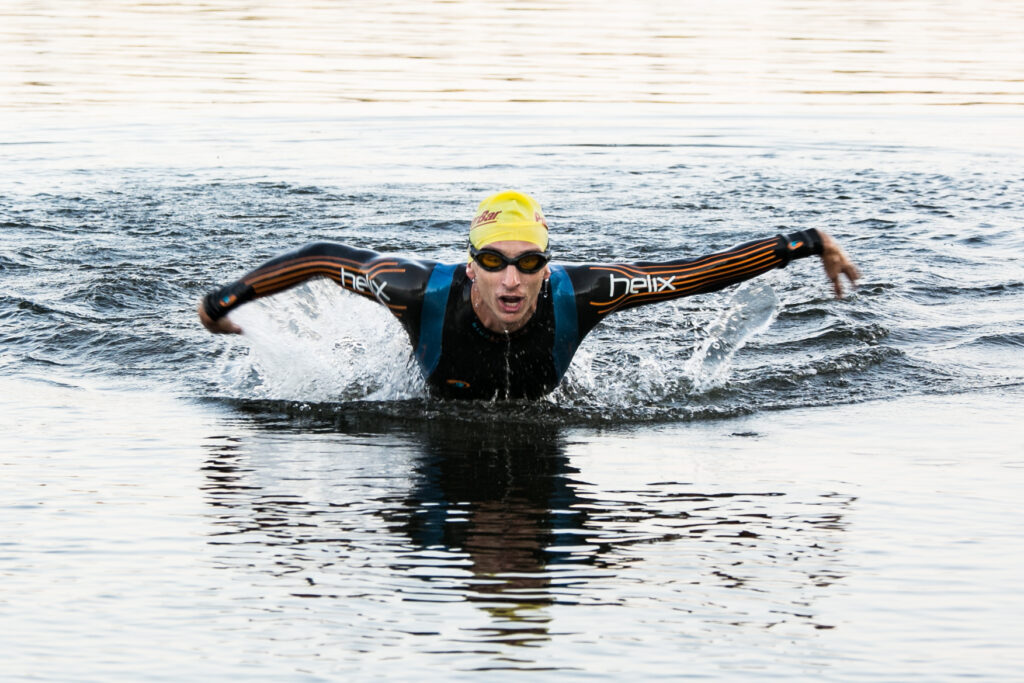A Little About Me
As a physical therapist, but also an elite athlete, I have a unique perspective on both the experiential and physiological benefits of Shock Wave Therapy on injury prevention as well as rehabilitation.

As a physical therapist, I have my doctorate in physical therapy and have been practicing since 2009. I received my BS in Kinesiology from Michigan State University, and also am certified as a Level 1 USA Triathlon coach.
As an athlete, I have been competing in the sport for over twenty years and have been a part of the US National Team since 2008. I have competed in all distances from sprint triathlon through the Ironman distance and have won eight World Championships as a para-athlete competing in the blind/visually impaired category. I also competed in the 2016 Rio Paralympic Games as part of Team USA Para-Cycling. I am currently training to compete at the postponed Tokyo Paralympic Games in the sport of Paratriathlon.
Introduction to a New Modality
I was introduced to the shockwave modality as a patient rehabilitating from labral tear surgery in my left hip, as well as sports hernia repair. Following my labral tear surgery, I underwent a rigorous rehabilitation process that utilized multiple modalities including shock wave therapy through the use of the Kinas Medical shock wave technology. With this modality, I was able to return to elite level competition in rapid time given the delicate nature of the labrum and restrictions that are associated with this surgery. I had surgery on March 12, 2019 and I returned to racing in only four months, July of that year.
Finding Relief

At the time, I had not heard of shock wave therapy treatments. Initially, my treatment was used for decreasing scar tissue and fascial restrictions that occurred as a result of the surgery, but it was later used along tendons such as my adductor and gracilis tendons near their origin. I had previously received a stress reaction at their origin on the pubic bone from excessive stress from compensation due to the torn labrum in my hip. Following its use for both of these purposes, I noticed improvements in symptom reduction and ease of movement. Although I was doing strength exercises and other rehabilitation techniques, I had to attribute much of the progress to shock wave technology. I had not had these types of responses when performing strength exercises alone and using other modalities.
Injury Prevention and Recovery
I have since began to utilize the shockwave modality more regularly for injury prevention and recovery. I have found it to be very effective in decreasing tension in the muscle, particularly the fascia, as well as promoting blood flow for more rapid muscles recovery. I have found it very effective in accessing areas where two muscle overlap as well as when trying to access muscles that are underneath or behind other tissues.
I am in no way saying that all other therapeutic modalities should be thrown out of the treatment toolbox, but rather I believe that shock wave therapy can and should be used as an alternative to some modalities and in combination with other modalities. For example, I believe that we could do less manual therapy and substitute with shock wave to get as good, if not better results in less time and with less stress/breakdown on our own joints as practitioners. I make the above statement despite the fact that I myself am nearly completely blind, and thus rely heavy on a more hands on approach.

Pairing Shock Wave
Another way to use the shockwave is as an adjunct to other modalities. One example of this would be using the Shockwave modality to address the restrictions in tissue and follow this up with cupping with active movement. The premise behind this is that the shockwave will free up the tissue restrictions and the cupping can help pin down the surrounding area and allow the active movement to stretch the tissue. Both modalities will help promote blood flow to the area. Another example of combining Shockwave with other modalities would be using the Shockwave modality on a tendon, such as the Achilles tendon, for a strain or chronic condition. Follow this up by applying Kinesiotape to decrease tension and facilitation of the gastrocnemius muscle. These are just a few examples of how Shockwave can be implemented into practice and can maximize patient results.
Diversify Your Toolbox
I believe that the shock wave modality can and should be a part of every treatment toolbox for both recovery and rehabilitation. I have great success personally in my athletic performance and recovery, and as a practitioner I have seen rapid progress in those that I have treated. Shock wave therapy has the added benefit of being short in duration and having very few contraindications. As practitioners, we are often limited by time with our patients; therefore, I think it is always important to consider a new technology that provides results in a shorter amount of time and adds diversity to our treatment toolbox.

